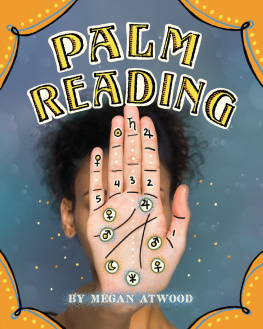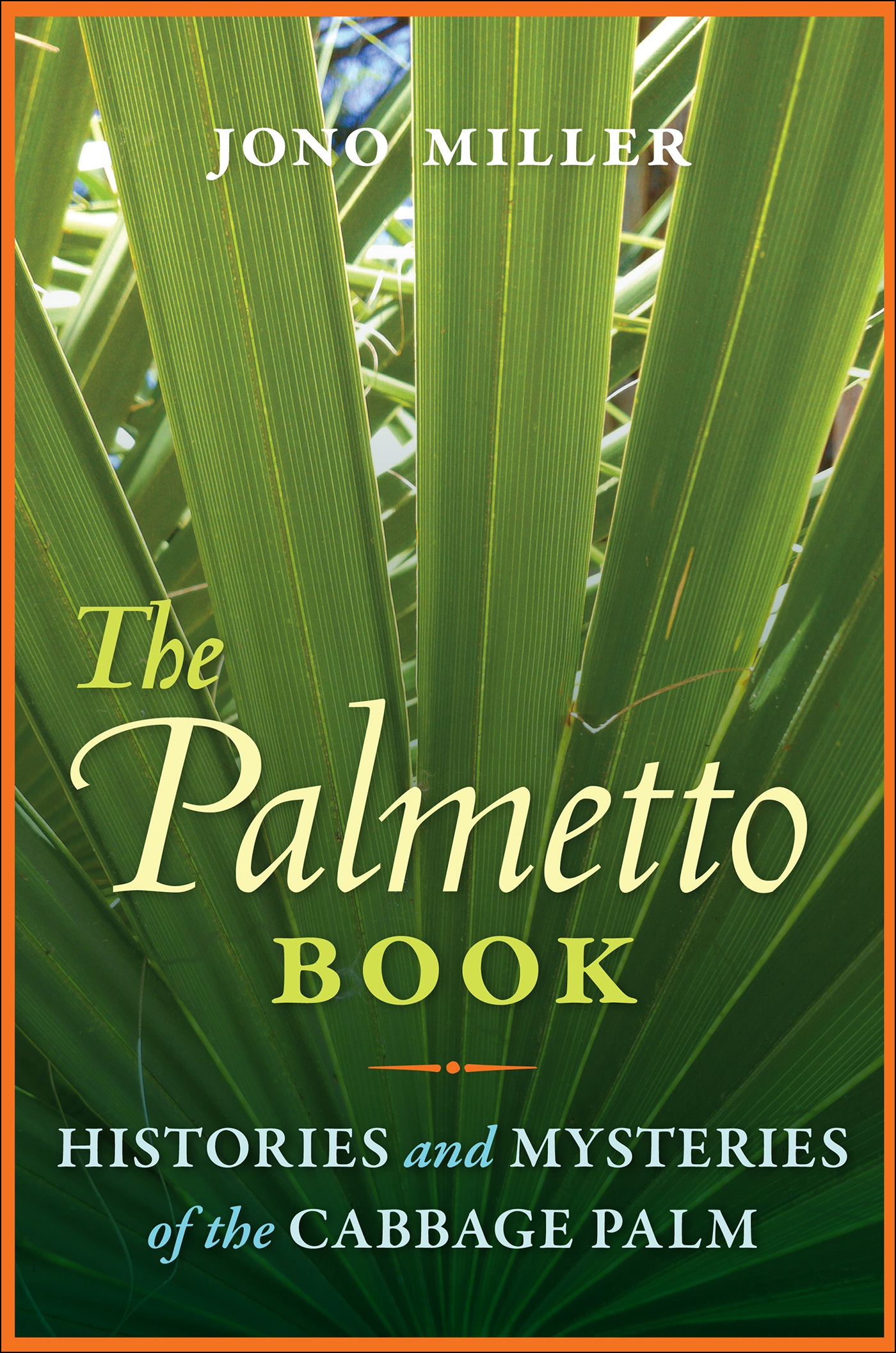Contents
Guide
Pages
THE PALMETTO BOOK

UNIVERSITY PRESS OF FLORIDA
Florida A&M University, Tallahassee
Florida Atlantic University, Boca Raton
Florida Gulf Coast University, Ft. Myers
Florida International University, Miami
Florida State University, Tallahassee
New College of Florida, Sarasota
University of Central Florida, Orlando
University of Florida, Gainesville
University of North Florida, Jacksonville
University of South Florida, Tampa
University of West Florida, Pensacola
The Palmetto Book
Histories and Mysteries of the Cabbage Palm
JONO MILLER
University Press of Florida
Gainesville Tallahassee Tampa Boca Raton
Pensacola Orlando Miami Jacksonville Ft. Myers Sarasota
Copyright 2021 by Jono Miller
All rights reserved
Published in the United States of America
26 25 24 23 22 21 6 5 4 3 2 1
ISBN 978-0-8130-6680-6
Library of Congress Control Number: 2020938191
The University Press of Florida is the scholarly publishing agency for the State University System of Florida, comprising Florida A&M University, Florida Atlantic University, Florida Gulf Coast University, Florida International University, Florida State University, New College of Florida, University of Central Florida, University of Florida, University of North Florida, University of South Florida, and University of West Florida.

University Press of Florida
2046 NE Waldo Road
Suite 2100
Gainesville, FL 32609
http://upress.ufl.edu
Introduction
This book is a collection of stories about the cabbage palm, Sabal palmetto.My purported goal is to get beyond the inaccuracies and knowledge gaps to a more nuanced understanding about this particular palm. But the real goal, the goal you will never know about if you dont read book introductions, is to have you look at every plant, not just the cabbage palm, and set aside the few things you think you know about it, to wonder about its past, its relationships, and its stories. John Muir observed: When we try to pick out anything by itself, we find it hitched to everything else in the Universe. Thats all I did to write this book. Wonder about one plant. I picked one thing, and indeed it has led to nearly everything, and the universe.
Trees, our most persistent and conspicuous plants, are likely to be noticed and known. How well known depends on who is paying attention. Each tree species has a story. In North America the rudiments of many tree stories are known, usually because of either their dramatic success or failuresome way they affect humans. We know about the sugar maple primarily because we pour its thickened blood on pancakes. We may not know the difference between redwoods and sequoias, but we know they are big and tall and people used to drive a car through one and, hopefully guiltily, make backyard decks from the other. And we have a special fondness for fruit treeswe were taught early on about Johnny Appleseed and not to cut down cherry trees (and if you do, dont lie about it).
As with an obscure relative weve never met, we frequently know just one lingering, hallmark story about a tree: Natives would pound the bark and put it in streams to stun fish. The wood is so heavy it sinks. It was deliberately introduced and then escaped cultivation and now is a big problem.
And if you go on a nature walk with a naturalist, you will likely be told one or two or three of these factoids about those plants the naturalist recognizes. Too many nature walks are an outdoor reception line, an introductory handshake followed by some pleasantries. Speed-dating the environment. As a result, most of what we know about a given tree species is typically a bouquet of aphorisms that reduce a complex plant to a few memorable talking points. Theres always a backstory.
Take the story of Palm City, for instance. On January 9 1878, a brig en route from Trinidad to Spain ran aground off the east coast of Florida. It wasnt exactly a shipwreck, more of a stranding, but even if it had broken up, the outcome might have been the same because the










